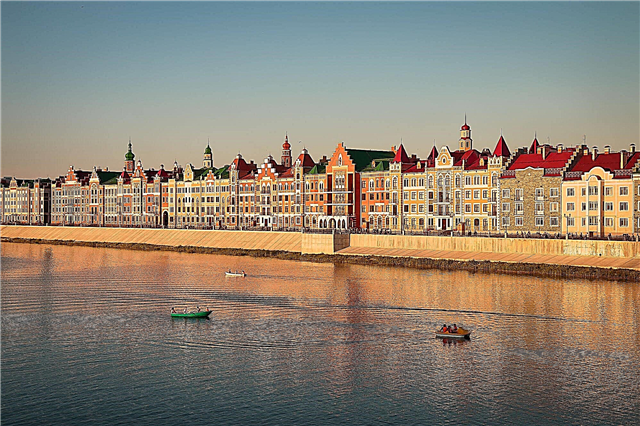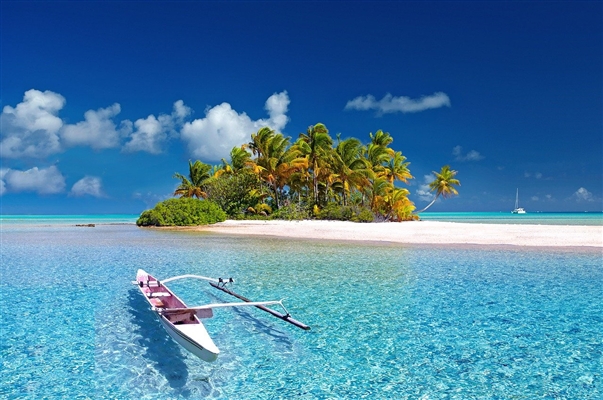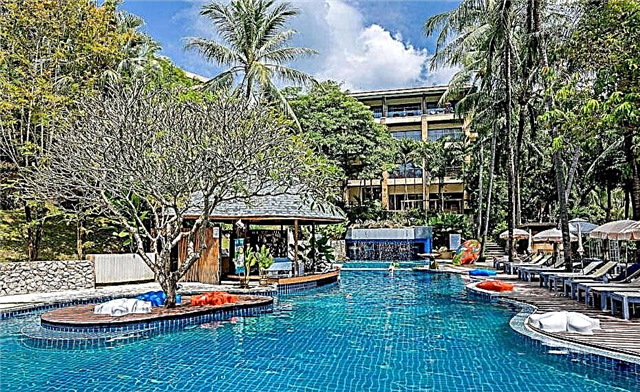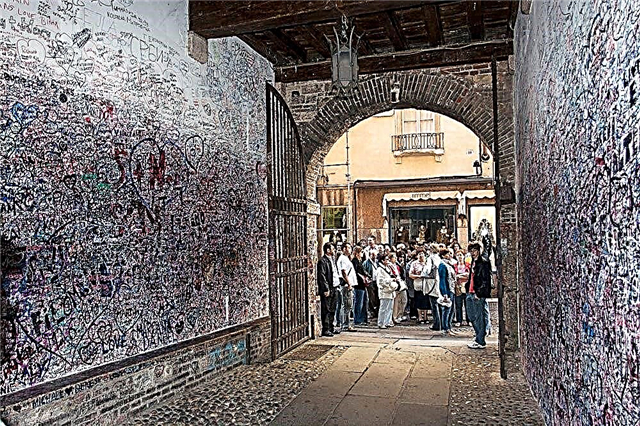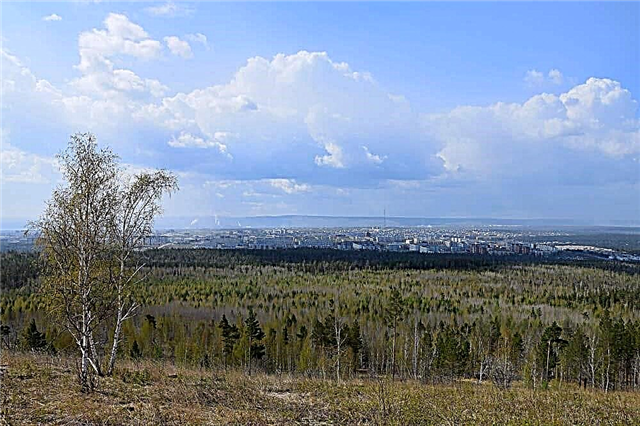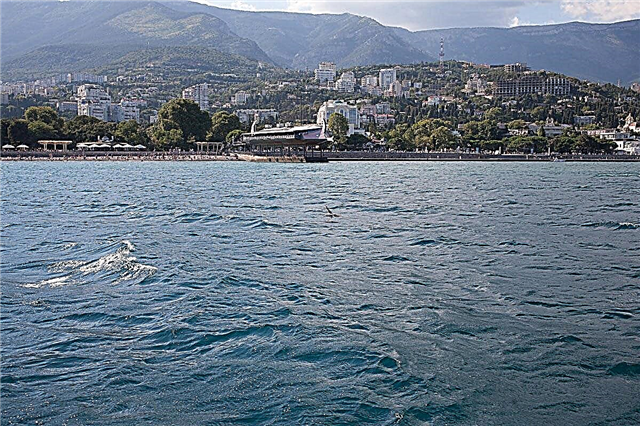Murmansk region in the north-west of the country was founded in 1938. Its area is 145 thousand km2, most of them are beyond the Arctic Circle. In the structure - 16 cities and 11 towns. The population is 748 thousand people, 93% are urban residents. The mining, chemical, fishing industries, and nonferrous metallurgy are developing. The Northern Fleet of Russia is concentrated in the region, therefore a number of cities - Severomorsk, Zaozersk, Gadzhievo, Polyarny, Snezhnogorsk - are closed for free visits.
The area is attractive for tourists. There are about 100 museums here - local history, mineralogical, military and naval museums. Ancient churches reflect the traditions of Russian architecture. There are many archaeological sites. Several reserves have been created - Laplandsky, Kandalashsky, Pasvik. Mountain, eco- and ethno-tourism is popular.
The largest cities in the Murmansk region
List of the largest cities in terms of population in the region.
Murmansk
Located on the Kola Bay. Hero city, awarded a number of orders and the "Golden Star". It started with a port settlement, founded in 1915. In 1916 it was transformed into the city of Romanov-on-Murman, a year later - Murmansk. Fishing and fish processing center. There is a railway station, seaport, airport. More than 30 monuments have been installed, the most famous are "Alyosha" and "Waiting". The northernmost oceanarium in the world has been created.
Population - 295 thousand people.

Apatity
A city on Lake Imandra, at the foot of the Khibiny. It has been leading its history since 1916, from the foundation of the Bely junction on the Murmansk railway. After 20 years, in connection with the discovery of apatite ores, it was transformed into a workers' settlement. City - since 1966. Scientific capital of the Arctic. The Kola Scientific Center was created, consisting of 9 institutes and 2 centers. Attractions include a gallery of ice sculptures, Geological Park.
Population - 55 thousand people.

Severomorsk
A city on the shores of the Kola Bay, 25 km from Murmansk. The main base of the Russian Northern Fleet. The first settlement of Vaenga appeared here in 1896. In 1951 it was transformed into the city of Severomorsk. Since 1996 it has the status of a closed urban district. There is a railway station. There are many monuments and memorials in the city dedicated to aviators, sailors, artillerymen. Several military museums are of interest.
Population - 52 thousand people.

Monchegorsk
Located on the lakes Imandra and Lumbolka, at the foot of the Monchetundra mountains. It was founded in 1935 in the status of a working village in the development of a deposit of copper-nickel ores. Converted to a city in 1937. The main enterprise is the Severonikel Combine. There are several museums - history, colored stone, gnomes, "Children of War". The observation deck on Poazuayvench Mountain is popular. In the vicinity there is the Lapland nature reserve.
Population - 42 thousand people.

Kandalaksha
It is located on the shores of the eponymous bay of the White Sea. Leads history from the construction of the church and the monastery in 1526. Since 1938 it has had the status of a city. Large transport hub. The main enterprises are the aluminum smelter and the Niva hydroelectric power station. Cultural heritage sites - fragments of a Neolithic settlement, a stone labyrinth from 1500 BC. e. In the vicinity there is the Kandalaksha Nature Reserve - a nesting place for seabirds.
Population - 31 thousand people.

Kirovsk
A city on the Belaya River and Lake Bolshoy Vudyavr, at the foot of the Khibiny Mountains. Construction began together with the processing plant in 1929 in the area of apatite-nepheline ore deposits. It was named Khibinogorsk until 1934. There are several museums and a botanical garden. There are 2 ski resorts nearby, and freeride competitions are held. The Snow Village, a complex of figures made of snow and ice, is erected annually.
Population - 26.6 thousand people.

Olenegorsk
Located on the coast of Lake Permusozero. It was founded as a workers' settlement in 1940. Transformed into a city in 1957. There is a railway station. The main enterprise is the Olenegorsk GOK. An iron ore deposit is being developed a few kilometers from the city. Among the attractions are the Ice Palace and the non-freezing fountains of Lopark, the Sochi entertainment complex, the Glory to Labor stele.
Population - 20.8 thousand people.

Polar
The port of Aleksandrovsk was laid on the coast of the Kola Bay in 1896. In 1939 it was transformed into the city of Polyarny. It is part of the closed district of Aleksandrovsk. City of Military Glory. A large base of ships of the Russian Navy. From the old buildings, the storage facilities of the 19th century, the Circular House of the early 20th century have been preserved. Museums of local history and military equipment have been created. The shooting of the Russian film "72 meters" took place in the city.
Population - 17.6 thousand people.

Kovdor
Located on Lake Kovdoro, 22 km from the border with Finland. It began with a workers' settlement, founded in 1953 during the construction of a mining and processing plant. Today it is a city-forming enterprise. An iron ore deposit is being developed in the vicinity of Kovdor. The status of the city was received in 1965. Among the sights there is a museum of local lore, a memorial in memory of the defenders of the Arctic.
Population - 16.6 thousand people.

Zapolyarny
It has been leading its history since 1955. It was founded as a working village at the Zhdanovsky GOK under construction. Shortly before that, a copper-nickel deposit was discovered in the area. Converted to a city in 1963. The deepest well in the world, listed in the Guinness Book, is 12 km away. It was drilled for scientific purposes and has a depth of 12262 m. The Trifonov Monastery, created in 1533, is located in the area.
Population - 15 thousand people.

Polar dawns
A city on the banks of the Niva and lakes Pinotzero and Imandra. It was founded in 1964 as a village for power engineers at the Kola NPP under construction. Today it is a city-forming enterprise. City status was awarded in 1991. Notable objects include the Trinity Church, the nuclear power plant museum, and the MiG-19 memorial aircraft. The Salma ski complex, which hosts all-Russian competitions, is 10 km away.
Population - 14.4 thousand people.

Hajiyevo
It was founded in 1957 as a small village on the shore of Yagelnaya Bay in the Kola Bay. The first 10 years it was called Yagelnaya Lipa. It received the status of a city in 1981. Location of the military base of the nuclear submarine forces of the Russian Northern Fleet. Monuments to hero submariners, Hero of Russia sailor SA Preminin, submarine captain MI Gadzhiev have been erected in the city.
Population - 13 thousand people.

Snezhnogorsk
It has been leading its history since 1970. It was built on a 174 m high hill, from where neighboring settlements can be viewed. Initially it was called Vyuzhny village. In 1980 it received the status of a city. Since 1994 - Snezhnogorsk. Part of the closed city of Aleksandrovsk. The city-forming enterprise is the large shipyard "Nerpa", the main specialization of which is the maintenance and disposal of submarines.
Population - 12.6 thousand people.

Zaozersk
The village of Zaozerny was founded on the site of a former Finnish settlement. It began construction in 1958 to provide a naval submarine base. In 1981, it was awarded the status of a closed city. In 1994 it was officially renamed Zaozersk. Among the sights there is a memorial complex in memory of the perished submariners, a wooden church of St. Nicholas, a war memorial "Valley of Glory".
The population is 9,900 people.

Cola
A city on the river of the same name, 12 km from Murmansk. One of the oldest in the region, founded in 1565. Since 1780 it has been awarded the status of a city. There are many monuments and memorials in the city. The Annunciation Church and the Treasury building of the early 19th century have survived from the old buildings. A natural attraction is Solovarka Mountain 81 m high. The world's only polar day festival is held annually.
The population is 9700 people.


